In this 17h article of the SQL Server Always On Availability Group series, we are going to explore the SQL Server replication for the distribution database in the availability group.
Read more »

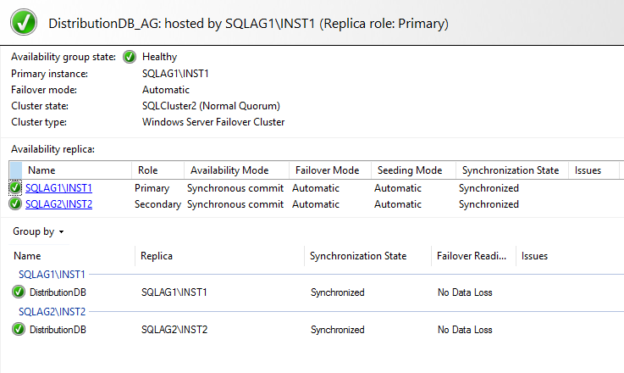
In this 17h article of the SQL Server Always On Availability Group series, we are going to explore the SQL Server replication for the distribution database in the availability group.
Read more »
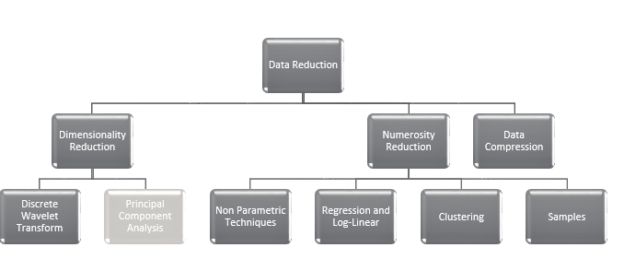
We will be discussing one of the most common Data Reduction Technique named Principal Component Analysis in Azure Machine Learning in this article. After discussing the basic cleaning techniques, feature selection techniques in previous articles, now we will be looking at a data reduction technique in this article.
Read more »
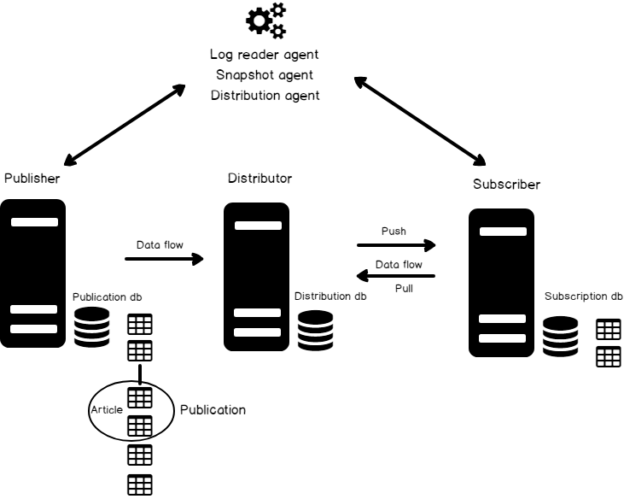
This is the 16th article for SQL Server Always On Availability Groups series and explores SQL replication integration with AGs.
Read more »
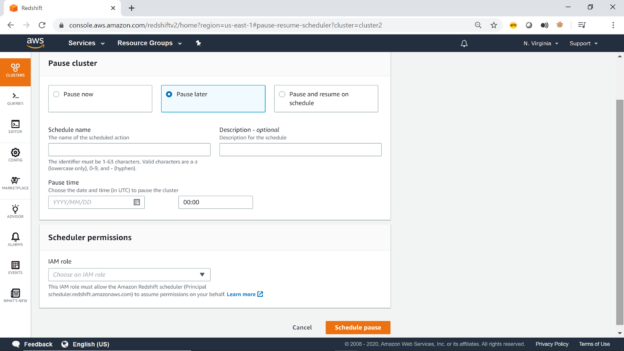
This article helps you learn the AWS Redshift cluster pricing model, as well as options to pause and resume cluster on-demand and on-schedule.
Read more »
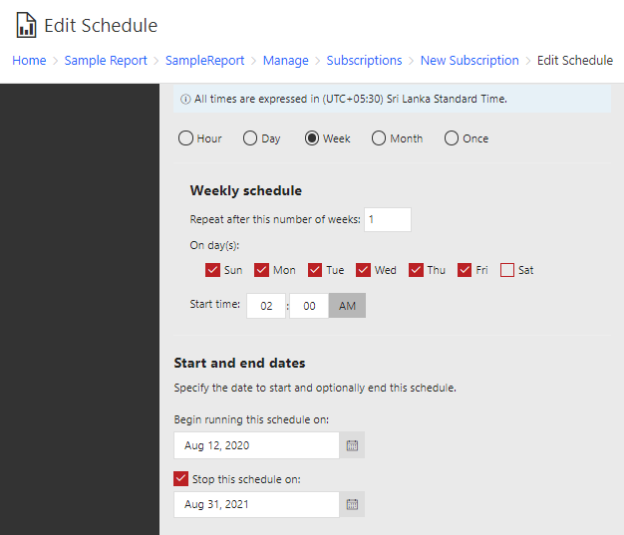
We are going to discuss a very important option in SQL Server Reporting Services (SSRS), which is Subscriptions in SSRS. Typically, Reporting service is used to view reports. However, most users would prefer to receive the report to their inbox in the preferred report format, such as Word, Excel, or PDF in a preferred time. Further, you might want these reports to be delivered to a file share. Let us see how we can achieve these options using Subscriptions in SSRS and what are the challenges and pre-configurations.
Read more »
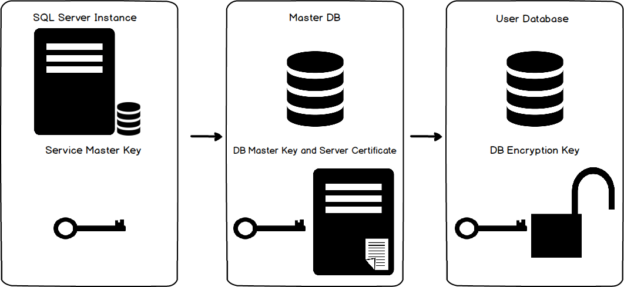
In this 15th article of SQL Server Always On Availability Groups series, we will cover Transparent Data Encryption (TDE) for AG databases.
Read more »
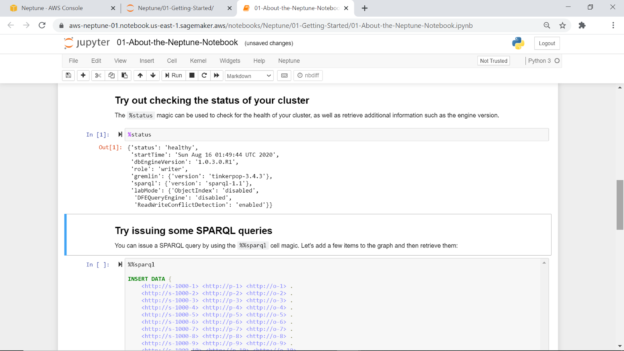
This article provides a step by step explanation of how to work with AWS Neptune Graph database. We will understand the basic concept and use-case of graph databases and then create a graph database instance as well as access it with Jupyter notebooks.
Read more »
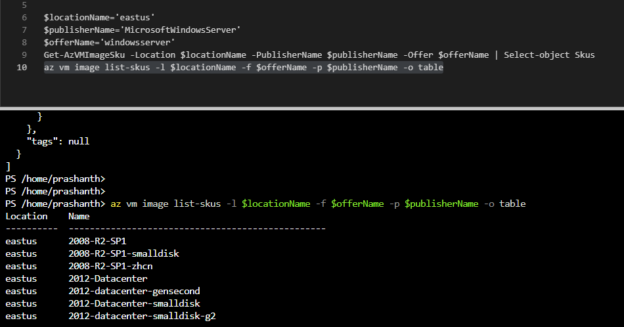
The future of PowerShell is bright—the scale in which Cloud automation adoption with major tech giants such as Microsoft, Google, Amazon, and VMWare is seemingly much higher.
Read more »
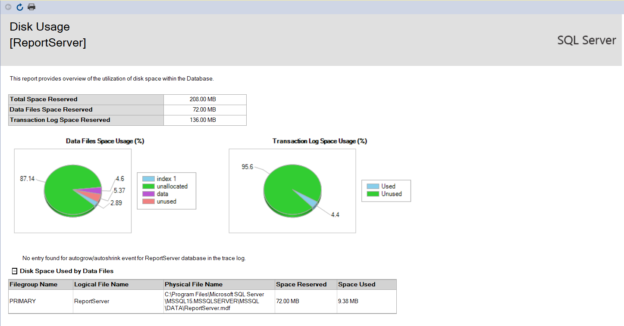
In this article, we will learn some basic tips for SQL Server performance tuning. Tuning the SQL Server performance will help to access data faster so the applications data interaction performances will enhance.
Read more »
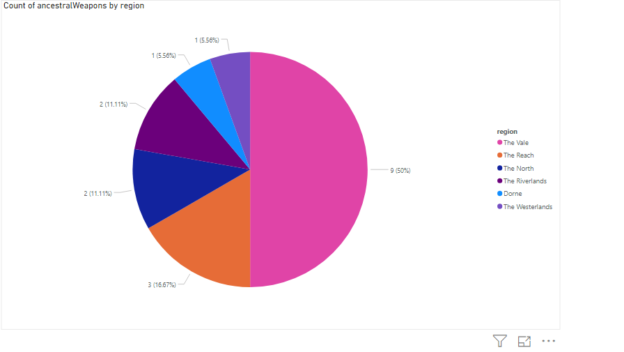
In this article, you will see how to import data from JSON files and Power BI Rest API into the Power BI environment.
Read more »
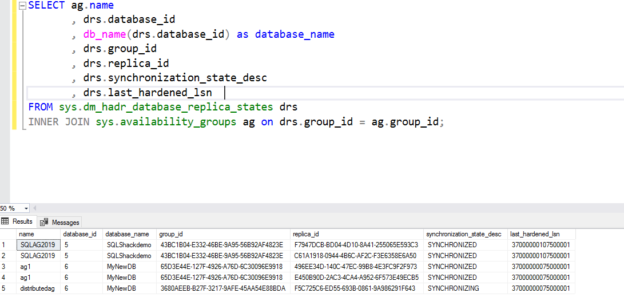
In this 14th article of SQL Server Always On Availability Group series, we monitor and failover a distributed AG.
Read more »
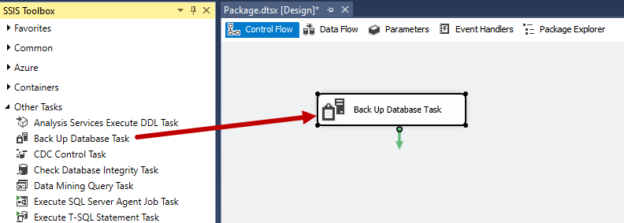
In this article, I am going to explain how we can upload the backup file to an FTP Server using the SSIS FTP task. For the demonstration, I have installed SQL Server 2017 on my workstation and restored the AdventureWorks2017 database.
Read more »
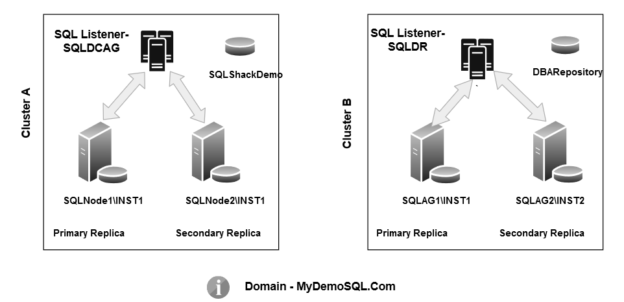
In the previous article, An overview of distributed SQL Server Always On Availability Groups, we explored the concept of the distributed availability groups in SQL Server Always On Availability Group. It is available from Windows Server 2016 and SQL Server 2017.
Read more »
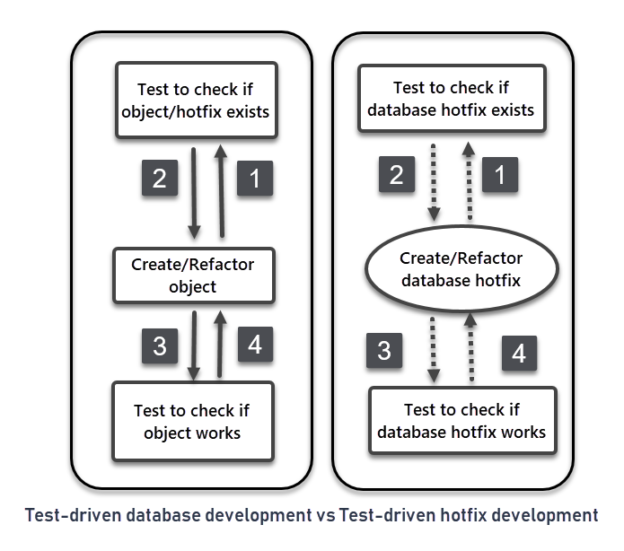
This article talks about test-driven database hotfix development using a very productive database testing framework called tSQLt applying the same SQL unit test based approach.
Read more »
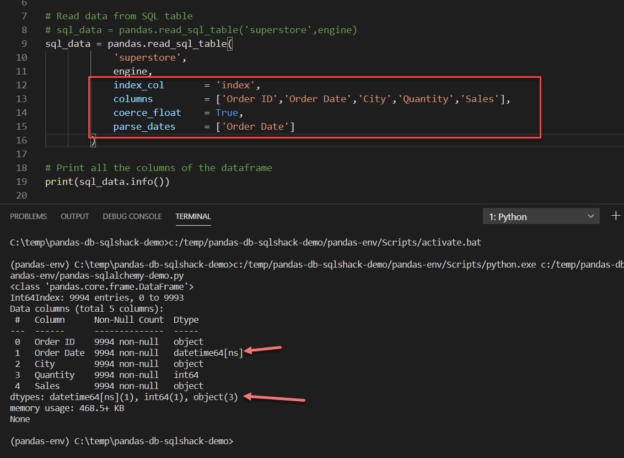
In this article, I am going to cover in detail working with databases in Python using Pandas and SQLAlchemy. This is a part of the series Learn Pandas in Python where I talk about the various techniques to work with the Pandas module in Python.
Read more »
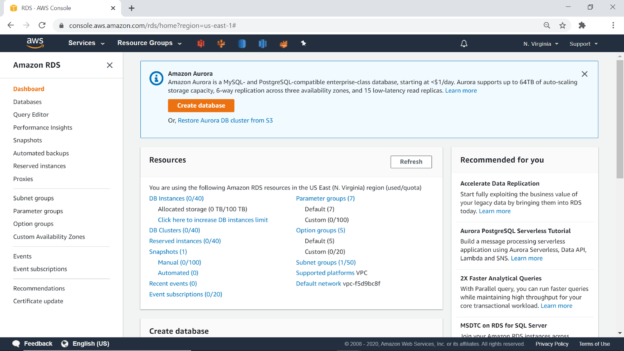
This article provides a step by step explanation of how to create an Aurora DB cluster that is compliant with MySQL or PostgreSQL.
Read more »
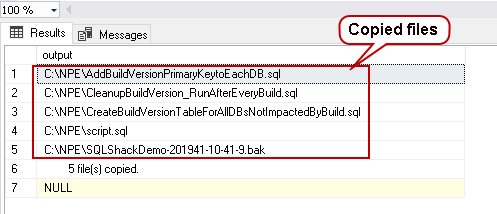
Sometimes database professionals need to perform specific tasks at the operating system level. These tasks can be like copying, moving, deleting files and folders. A use case of these tasks might be removing the old backup files or copying backup files to a specific directory after a particular time. In SQL Server, we can use xp_cmdshell extended stored procedure to execute commands directly in the Windows command prompt(CMD). You need a sysadmin role or proxy account configured to use this extended procedure. We can also use the SSIS package for the file transfer, but it also requires you to build a package with the relevant tasks.
Read more »
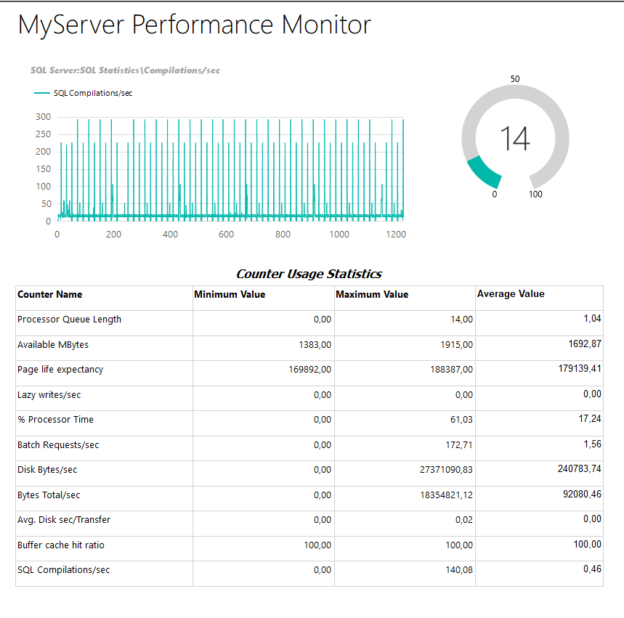
Performance Monitor is an oldie but goldie tool to analyze performance problems. In this article, we will learn how we can write Perfmon counter data to a SQL database through the ODBC connection.
Read more »
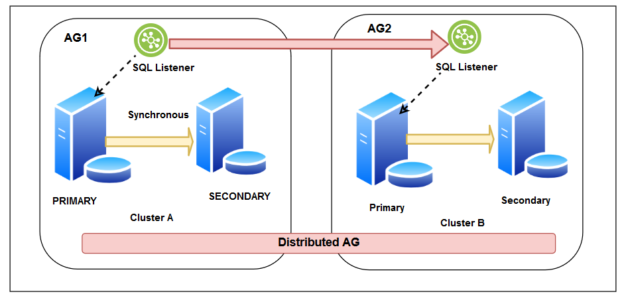
This is the 12th article in the series of SQL Server Always On Availability Groups.
Read more »
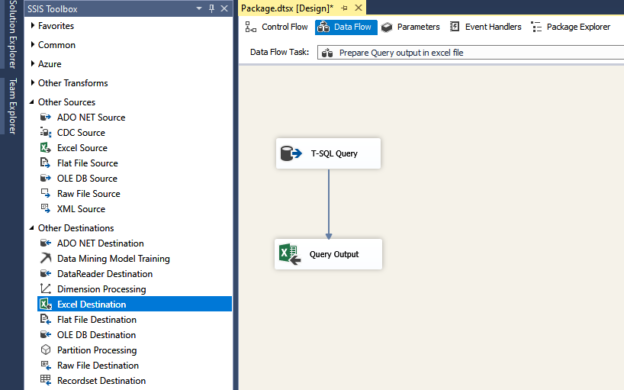
In this article, we will learn to upload the excel file to Azure blob storage using SQL Server Integration Service Package. The excel file contains the output of a T-SQL query. This article is a small demonstration that gives some idea about the Azure Blob Upload task and how it can be used to upload files using SSIS.
Read more »

In this article, I am going to demonstrate how to connect to databases using a pandas dataframe object. Pandas in Python uses a module known as SQLAlchemy to connect to various databases and perform database operations. In the previous article in this series “Learn Pandas in Python”, I have explained how to get up and running with the dataframe object in pandas. Using the dataframe object, you can easily start working with your structured datasets in a similar way that of relational tables. I would suggest you have a look at that article in case you are new to pandas and want to learn more about the dataframe object.
Read more »
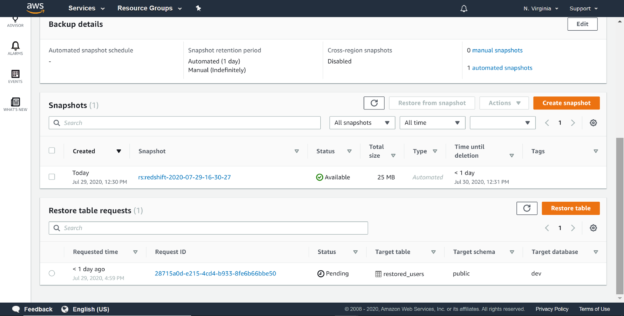
This article provides a step by step explanation of how to restore selective datasets from AWS Redshift snapshots to a working Redshift cluster, instead of restoring the entire backup.
Read more »
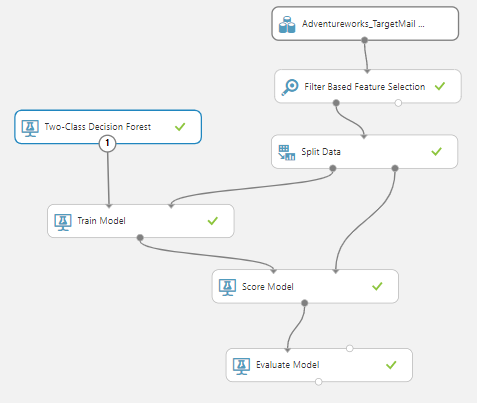
After discussing cleansing and prediction aspects in Azure Machine Learning, we will dedicate this article to another important feature, which is Feature Selection in Azure Machine Learning.
Read more »
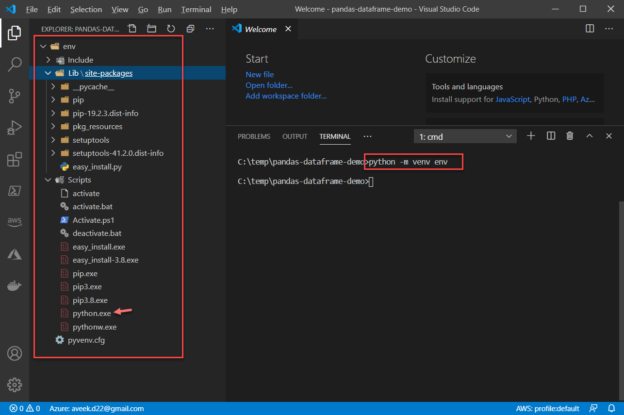
In this article, I am going to explain in detail the Pandas Dataframe objects in python. In the previous article in this series Learn Pandas in Python, I have explained what pandas are and how can we install the same in our development machines. I have also explained the use of pandas along with other important libraries for the purpose of analyzing data with more ease. Pandas provides a dataframe object which makes it relatively easier to consider working with the data as it provides a tabular interface for the data in it. People who are already familiar in working with relational databases, they can really find similarities between a table in the database and the dataframe object in pandas.
Read more »
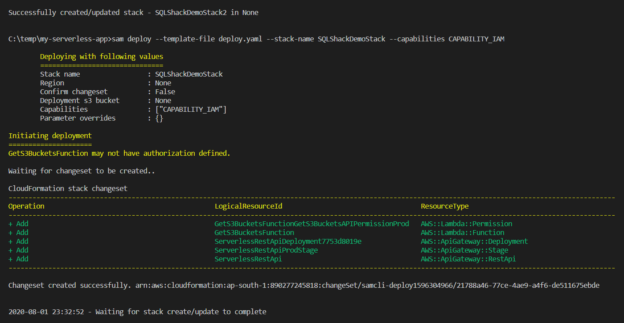
In this article, we are going to learn to deploy serverless applications to the AWS Cloud using the AWS SAM CLI. This article is a part of the three-article series “Develop and Deploy Serverless Applications with AWS SAM CLI”. If you have some idea about how to develop and test your serverless applications locally using the AWS SAM CLI, then you might proceed with this article. However, if you want to learn more about developing and running your code locally, I would strongly recommend reading the previous articles of this series, Getting started with the AWS SAM CLI and Set up a local serverless environment using the AWS SAM CLI, which explains in detail the various configurations required to start and run the serverless functions on your local.
Read more »© Quest Software Inc. ALL RIGHTS RESERVED. | GDPR | Terms of Use | Privacy